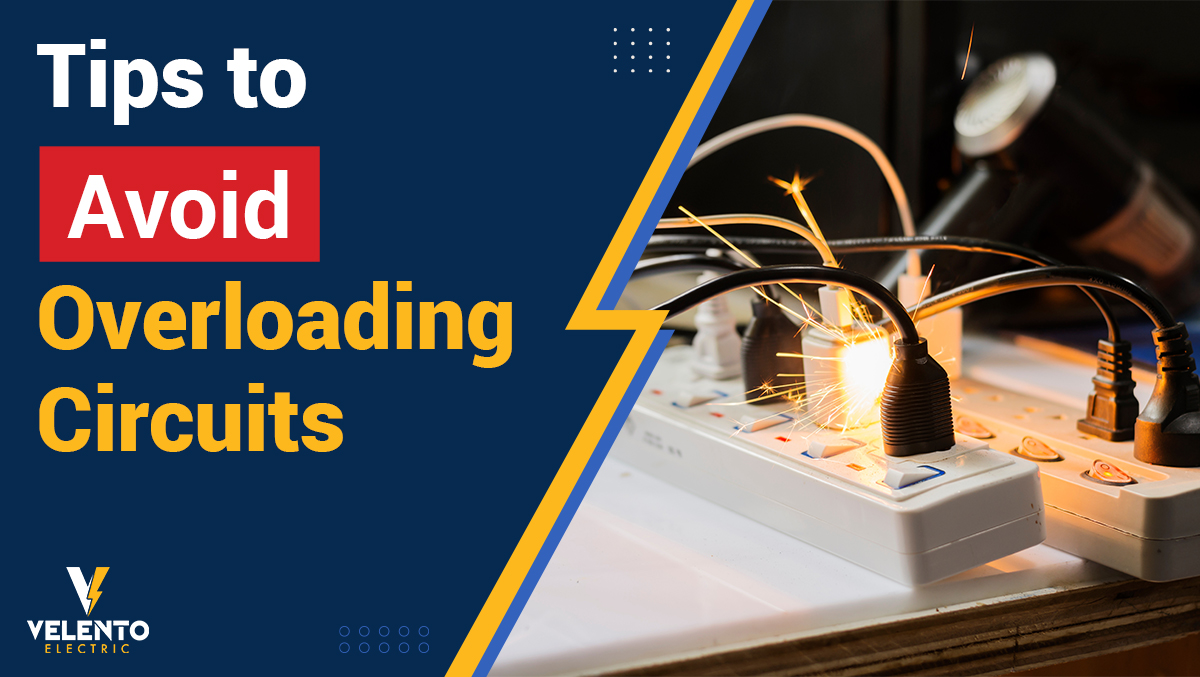We Are an Electrician Company In North Jersey
Our experienced team offers services for both residential and commercial properties.With over 25 years of experience in the industry, we boast all of the knowledge and expertise in repairing.
Our experienced team offers services for both residential and commercial properties.With over 25 years of experience in the industry, we boast all of the knowledge and expertise in repairing.
Working Hours : Monday to Friday (9am - 5pm)

Avoiding overloading electrical circuits is crucial for preventing potential hazards such as fires and damage to electrical appliances. Here are some essential tips to help you avoid overloading circuits:
By integrating these strategies into your electrical safety practices, you can further reduce the risk of overloading circuits and ensure a safe, efficient, and reliable electrical system in your home. Continuous monitoring, proactive maintenance, and adopting advanced technologies are key to maintaining a secure electrical environment.
